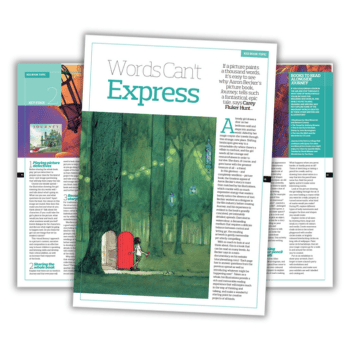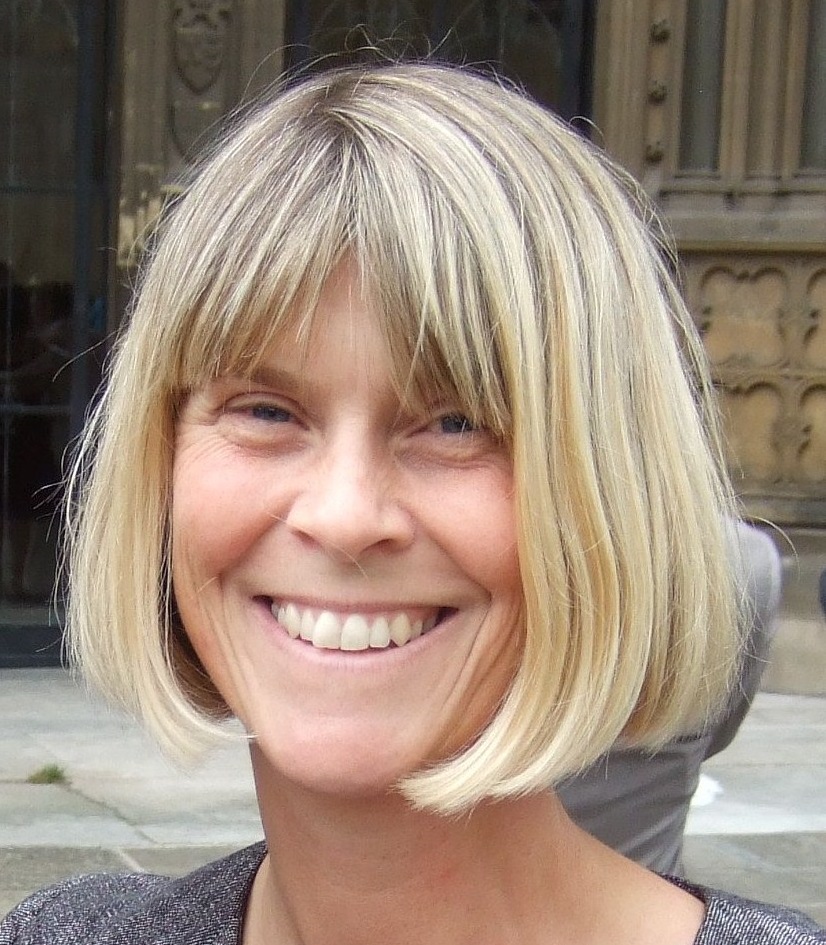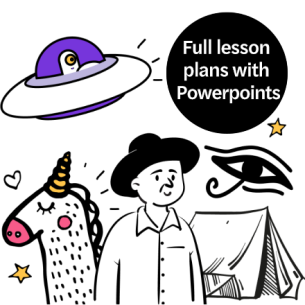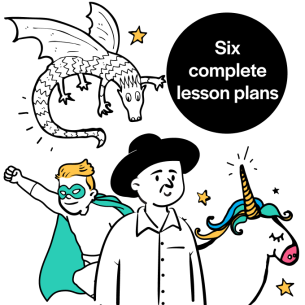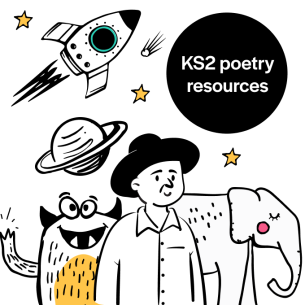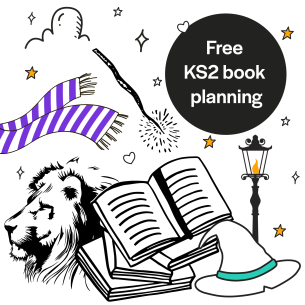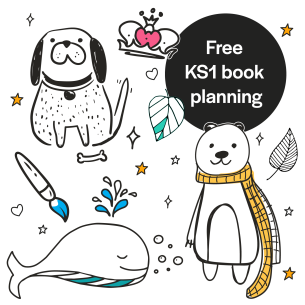Three-page PDF featuring KS2 cross-curricular activity ideas
KS2
Years 3-6
If a picture paints a thousand words, it’s easy to see why picture book Journey by Aaron Becker tells such a fantastical, epic tale.
With so much to look at and think about, Journey by Aaron Becker is a book that you can read on many levels. As Becker says in a mini-documentary on his website: “Each page has to answer questions from the previous spread as well as introducing whatever might be happening next”.
Taken as a whole, his illustrations provide a rich and memorable reading experience that will inspire much in the way of thinking and talking, and make a wonderful starting point for creative projects of all kinds.
What is Journey by Aaron Becker about?
A lonely girl draws a door on her bedroom wall and steps into another world. Aided by her magic crayon she travels through this strange, new place. Shifting landscapes give way to a remarkable city where there’s a villain to confront, and the girl needs all her courage and resourcefulness in order to survive.
She does, of course, and goes home with the greatest treasure of all – a friend.
In this glorious – and completely wordless – picture book, the timeless appeal of Aaron Becker’s story is more than matched by his illustrations, which crackle with so much expressive energy that readers barely notice the absence of text.
Becker worked as a designer in the film industry before creating Journey. His experience is evident in the book’s grandly conceived, yet intimately detailed, spreads.
Executed in watercolour, a demanding medium that requires a delicate balance between control and ‘letting go’, the resulting artwork is gently memorable yet utterly compelling.
Carey Fluker Hunt is Creative Projects Manager at Seven Stories, the National Centre for Children’s Books in Newcastle Upon Tyne.
